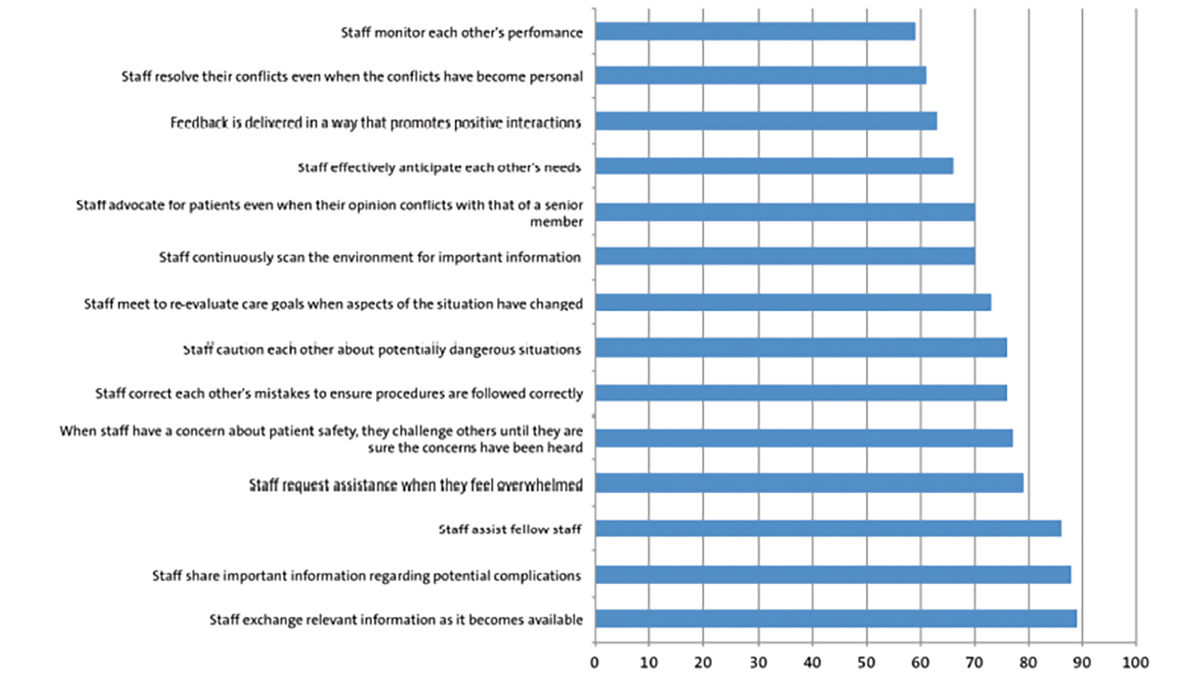Failed extubation in preterm infants: outcome and predictors
Extubation failure is common in extreme preterm infants and prediction of successful extubation is limited. This presentation is of the post-hoc analysis of prospectively collected data from a randomised trial to identify risk factors and outcome associated with unsuccessful extubation in preterm infants less than 32 weeks.
Dr Prashant Mallya1
Dr Prakash Kannan Loganathan1,2
(ORCID: 0000-0003-3717-8569)
pkannanloganathan@nhs.net
Professor Samir Gupta3,4
1Neonatal Unit, James Cook University Hospital, Middlesbrough
2Clinical Academic Office, Faculty of Medical Sciences, Newcastle University
3University of Durham
4Division of Neonatology, Sidra Medicine, Doha, Qatar
Mallya P., Loganathan P.K., Gupta S. Failed extubation in preterm infants: outcome and predictors. Infant 2025; 21(4): 112-16.
Please subscribe and log in to see the full article.
- Mechanical ventilation has been associated with adverse outcomes like bronchopulmonary dysplasia.
- Up to 50% of extreme preterm infants fail extubation and predictive tools have limited value.
- In our study, lower oxygen at the time of extubation (FiO2) and higher birth weight predicted successful extubation.
- Duration of mechanical ventilation and not reintubation episodes, was found to be significantly associated with poor outcome.
Also published in Infant:


